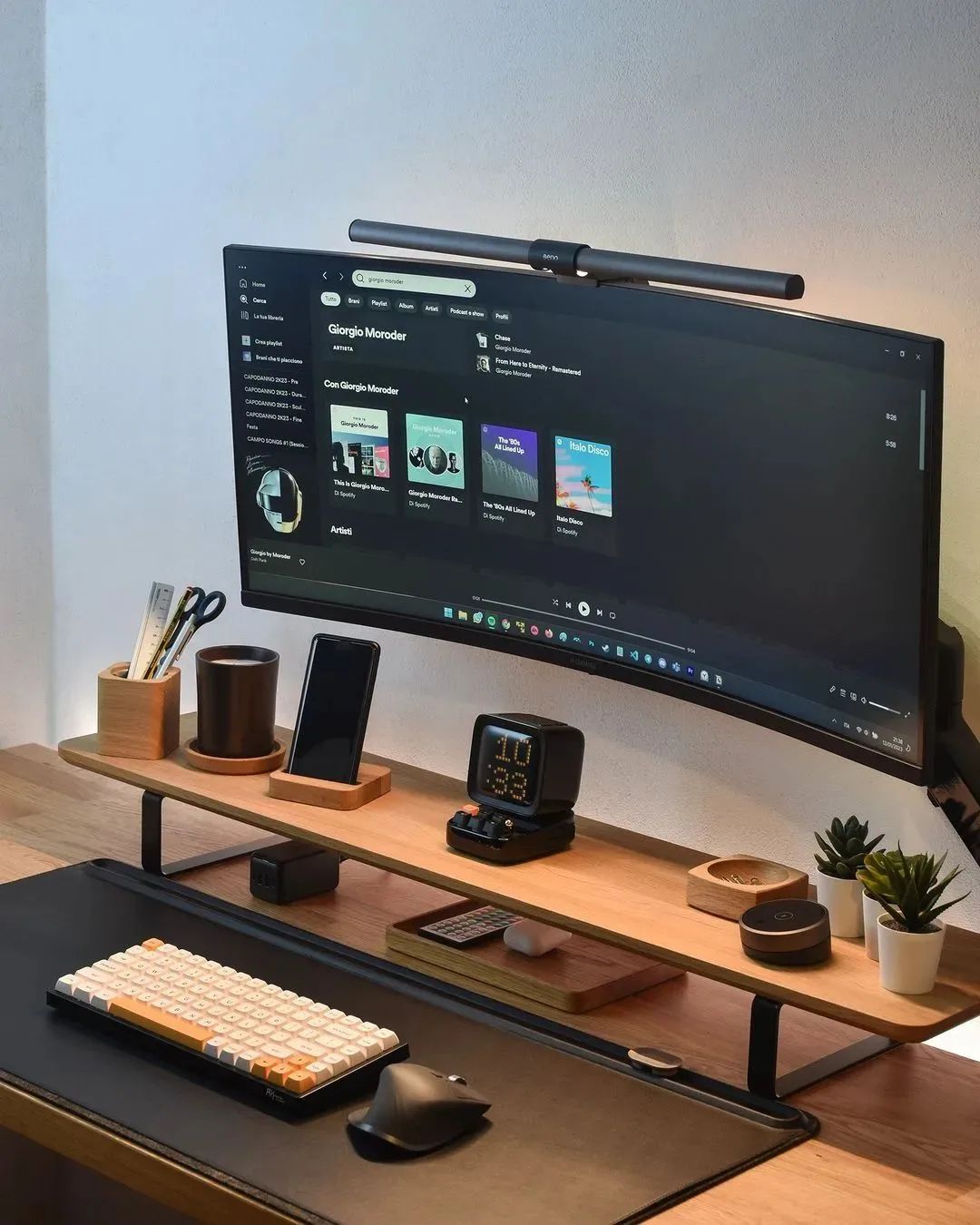
flutter
flutter isolate 独立线程处理
Isolate 有的同学不清楚他和 future 的区别,以及不知道什么时候使用合适。 文本将会介绍 isolate 特点和如何在 flutter 中实现,以及在社区 Pub 仓库中的快捷插件使用。
2023年6月9日 36分钟阅读
102 浏览 0 赞 0 评论
标签
#isolate
分享到:
评论
00 / 1000

Isolate 有的同学不清楚他和 future 的区别,以及不知道什么时候使用合适。 文本将会介绍 isolate 特点和如何在 flutter 中实现,以及在社区 Pub 仓库中的快捷插件使用。
暂无评论,快来发表第一条评论吧!